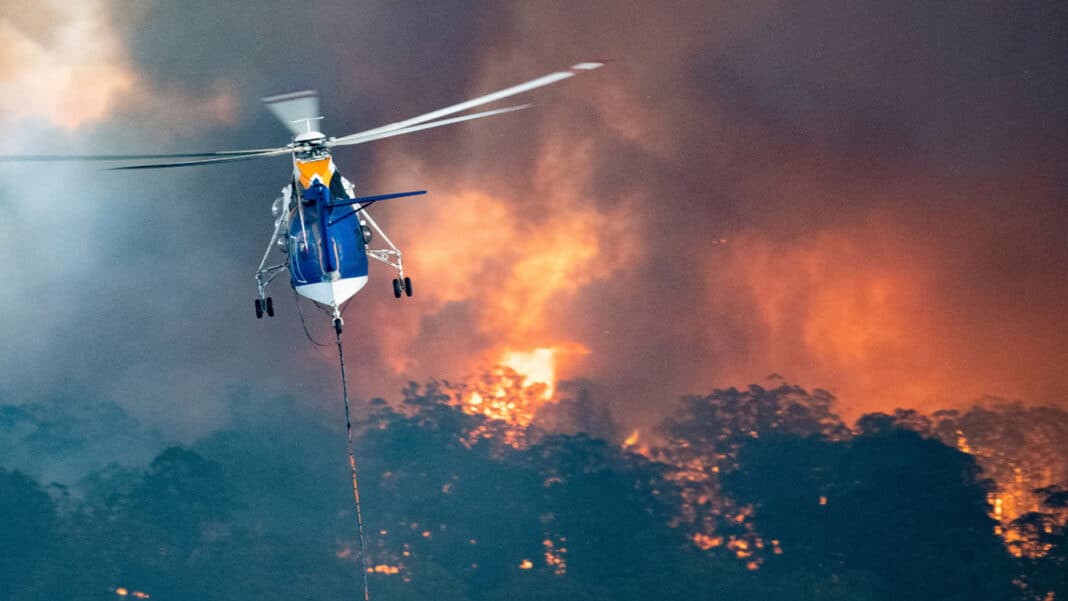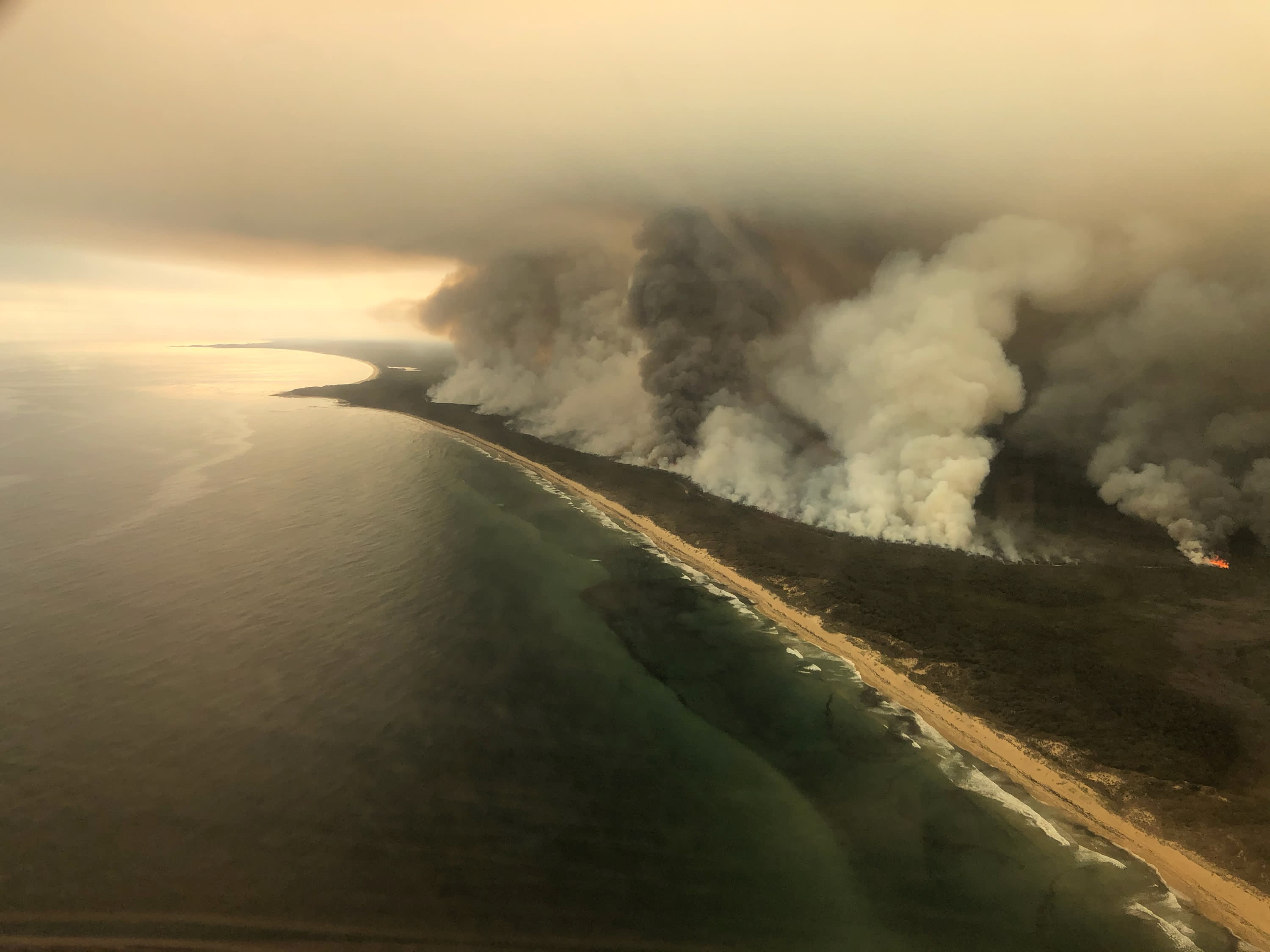Proactive Residential Or Commercial Property Protection: Leveraging the Insights of a BAL Report
Proactive Residential Or Commercial Property Protection: Leveraging the Insights of a BAL Report
Blog Article
How BAL Record Impacts Shrub Fire Protection Steps
In the world of bush fire defense, the Building Assault Degree (BAL) report stands as a crucial device that considerably affects the security and durability of buildings in fire-prone locations - BAL Report. The influence of a BAL evaluation extends far past mere paperwork; it functions as the cornerstone for determining the suitable construction standards and fire security steps essential to reduce the threats posed by bushfires. As communities come to grips with increasingly extreme fire seasons, understanding just how the BAL report shapes these protective procedures becomes extremely important for home owners, builders, and policymakers alike
Comprehending the Bushfire Strike Degree

Relevance of BAL Record Evaluation

Furthermore, the BAL record evaluation works as a foundational action in abiding by lawful obligations and needs associated to bushfire defense. Neighborhood councils and authorities commonly mandate the submission of a BAL report as component of the preparation and structure authorization process to ensure that residential or commercial properties are appropriately safeguarded against bushfire risks. Falling short to carry out a detailed BAL record analysis can result in poor protection steps, leaving properties vulnerable to devastating bushfire incidents.
Building And Construction Specifications Based on BAL
An extensive understanding of the Bushfire Assault Level (BAL) enables residential or commercial property owners to apply construction standards tailored to their details threat account. Building and construction standards based on BAL are important in alleviating the effect of bushfires on residential or commercial properties. The BAL score categorizes the potential risk a property encounters throughout a bushfire on a range from BAL-Low to BAL-FZ (Fire Zone)
Executing Fire Defense Measures
With the foundation of building requirements based on Bushfire Assault Degree (BAL) in location, the focus now moves towards the functional execution of fire defense actions to strengthen residential properties versus bushfire hazards. Easy procedures consist of utilizing fireproof building materials, installing that site coal guards on vents, securing spaces in roof coverings and wall surfaces, and preserving a clear space around the residential property complimentary from flammable greenery. By integrating both passive and energetic approaches, residential properties can substantially decrease their vulnerability to bushfire cases and enhance the safety and security of passengers.
Shielding Houses Versus Bushfires
Properly guarding homes versus the devastating impacts of bushfires requires a aggressive and thorough method to fire protection steps. Additionally, securing vents and spaces to prevent ember breach, as well as including fire-resistant doors and windows, can aid strengthen the home's protection against bushfires. By embracing a proactive position and integrating these safety procedures, homeowners can significantly boost their opportunities of protecting their homes against bushfires.
Verdict
In verdict, the Bushfire Assault Degree (BAL) record plays a crucial duty in establishing the needed protection actions against bushfires. Applying fire security actions based on the BAL report is essential in securing buildings from prospective bushfire threats.
In analyzing bushfire danger to properties, recognizing the Bushfire Attack Level (BAL) is an essential component for executing effective security actions. Overall, a clear understanding of the Bushfire Assault Degree is necessary for implementing adequate protection steps and reducing the effect of bushfires on residential properties.

Report this page